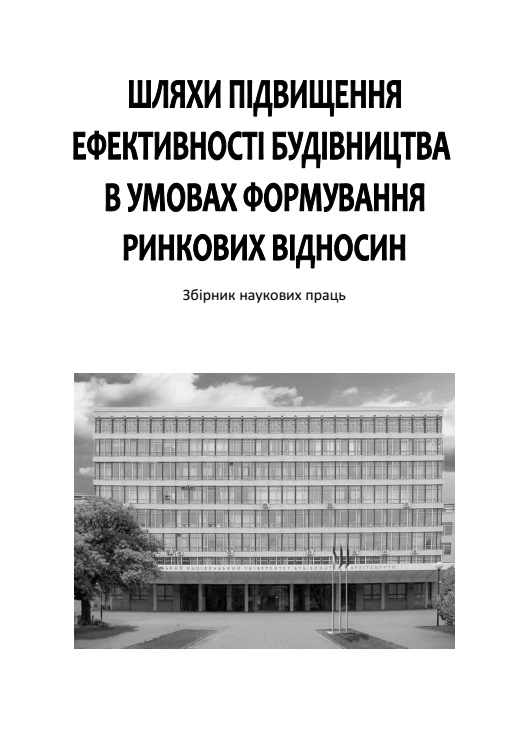Науково-методичні засади побудови системи маркетингового управління кадровим потенціалом вищого навчального закладу
DOI:
https://doi.org/10.32347/2707-501x.2014.31.31-39Keywords:
higher education, human resources, marketing management, motivational environment, the staff, the teacher.Abstract
Revealed scientific and methodological principles of building a system of marketing management of human resources of the university in the conditions of the relevant motivational environment.
References
Богданов Ю. Н. Мотивация персонала / Ю. Н. Богданов, Ю. В. Зорин, Д. А. Шмонин и др. // Методы менеджмента качества. – М., 2001. – № 11. – C. 14-19.
Виханский О. С. Стратегическое управление: учебник. – 2-е изд., перераб. и доп. – М.: Гардарика, 2002. – 296 с.
Виханский О. С. Менеджмент: учебник, 3-е изд. – М.: Гардарика, 2002. – 670 с.
Гумилев Л. H. Этногенез и биосфера Земли – Л., 1990. – 704 с.
Обеспечение удовлетворенности работников. Теория и практика. // Методы менеджмента качества. – М.: 2001. – № 11. – С. 20-23.
Управление персоналом: Энциклопедический словарь / Под ред. А.Я. Кибанова. – М.: ИНФРА-М, 1998. – 453 с.
Downloads
How to Cite
Issue
Section
License
Copyright (c) 2020 А. Тугай, А. Гойко, М. Єлішевич, С. Криштоф, O. Воронюк

This work is licensed under a Creative Commons Attribution 4.0 International License.
Authors who publish with this journal agree to the following terms:
- Authors retain copyright and grant the journal right of first publication with the work simultaneously licensed under a Creative Commons Attribution License that allows others to share the work with an acknowledgement of the work's authorship and initial publication in this journal.
- Authors are able to enter into separate, additional contractual arrangements for the non-exclusive distribution of the journal's published version of the work (e.g., post it to an institutional repository or publish it in a book), with an acknowledgement of its initial publication in this journal.
- Authors are permitted and encouraged to post their work online (e.g., in institutional repositories or on their website) prior to and during the submission process, as it can lead to productive exchanges, as well as earlier and greater citation of published work (See The Effect of Open Access).

